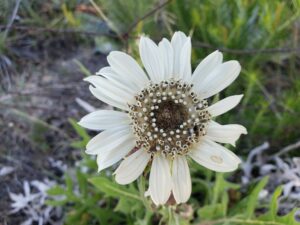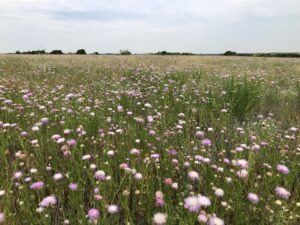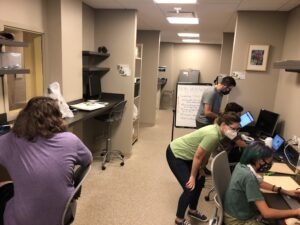Article originally published in The Leaflet (May 2014) by Brian Witte, PhD, BRIT Research Associate
There is a stereotype of the scientist as a lone genius, laboring in obscurity until their “Eureka!” moment changes the world. If Hollywood is to be believed, this Eureka moment is usually followed by the destruction of Tokyo and/or New York by a giant robot/genetic mutant/superstorm. In reality, we have a tragic lack of giant robots, and nothing that we’ve done in the herbarium has (yet) threatened a major metropolitan area. We also rely heavily on collaboration, rather than solitary toil. In fact, I would venture to say that collaboration is the fundamental characteristic of science.

NOT what we do…exactly.
Nowhere is this more on display than in the herbarium at BRIT. Over the past month, I have been assisting on a project to make some of the specimens from the Philecology Herbarium available online. I’ll have more on the process and challenges of digitizing a natural history collection in a future column. For now, just know that the essential elements include a high-resolution photograph of the actual sheet stored in the herbarium and a faithful transcription of the text on the sheet. The photograph is needed to document the plant and its morphological characteristics. The transcription is needed so that a researcher can find the photograph by searching for genus, species, location, date of collection, or any of a set of other criteria.
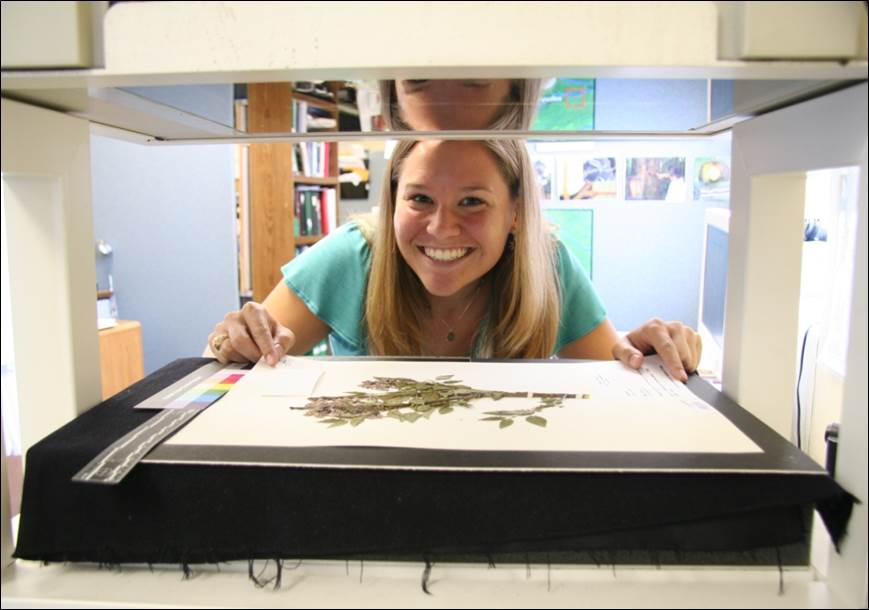
Digitization is super fun!
In aggregate, the herbarium at BRIT is an amazing repository of information. It is also a densely interwoven network of literally millions of hours of work by staff and volunteers. One rather homely specimen that beautifully illustrates the collaborative nature of plant identification is below.

The original specimen was collected in 1948 by Dr. Lloyd Herbert Shinners, the original director of the herbarium. He identified it as Portulaca pilosa. Two months later, he changed his determination to Portulaca parvula. Thirty-five years later, a scientist working on a flora of the southeastern US reaffirmed the original identification of P. pilosa. One more confirmation of this identification was added in 1992 when the specimen was examined by Dr. J.F. Matthews of the University of North Carolina-Charlotte, as part of the definitive project on plant identification in North America.
Not all herbarium specimens are formally examined by experts or play a role in confirming the definition of a species, as this one has. It is, however, demonstrative of how one small plant can pass through many hands as it plays a role in our greater understanding of how plants are related and species defined.
Another element of collaboration is evident just in the sheer numbers of specimens housed in the BRIT herbarium. Although Dr. Shinners, the founder, collected over 33,469 specimens in his career, he is responsible for less than less than 2% of the hoard. Dr. Mahler, who catalyzed the founding of BRIT and oversaw the transfer of custody of the herbarium from Southern Methodist University to a new independent foundation, contributed over 10,000 specimens – less than 1% of the collection. The largest single donor to the collection is probably Dr. Robert Kral who developed and curated the herbarium at Vanderbilt University. BRIT is now housing his collection, which includes over 100,000 specimens collected just by Dr. Kral. Still, his contributions are less than 10% of the total.
The herbarium is remarkable in how much has been contributed by amateurs and non-specialists. This specimen below, for example, was collected by Mike Ragain in 1986, then an undergraduate student in the class of Dr. George Diggs at Austin College. Once this project is finished and his specimen record becomes available online, this collection will be available to anyone anywhere in the world. Whatever other contributions Mike has made to the world since grunge was an exciting new genre of music, he has made a small, concrete contribution to the study of plant taxonomy, ecology, and distribution.
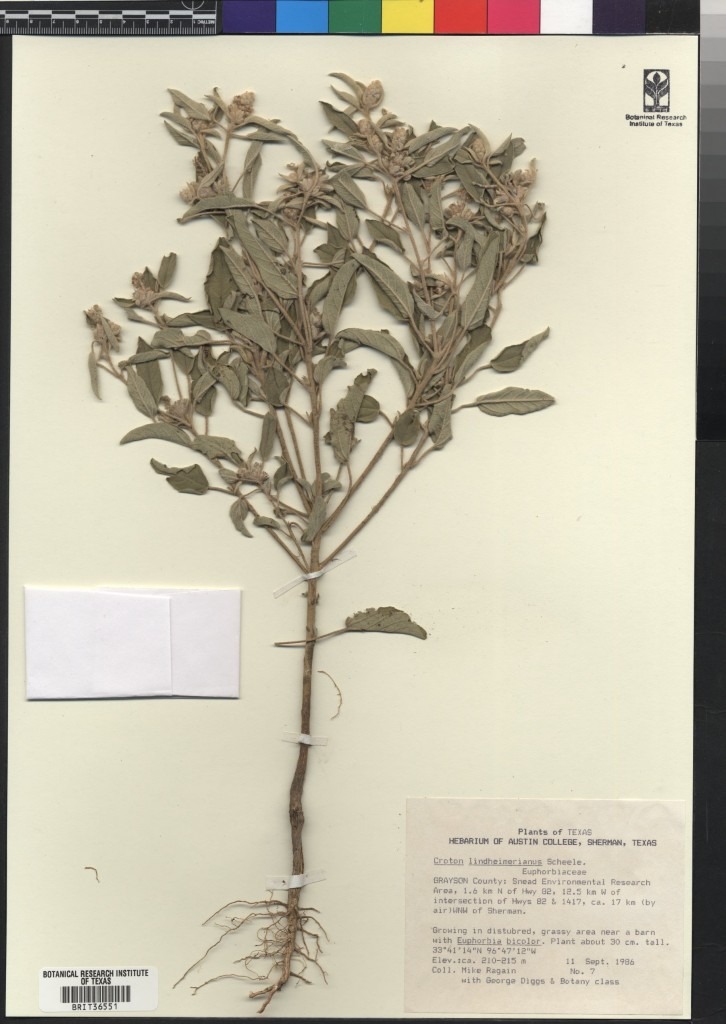
Further, all of these specimens, from the prolific Dr. Kral as well as from the neophyte Mike, are still extant due to the efforts of the curators who have kept the collection in excellent condition, the volunteers who transferred many of the collections from a plant press to archival-quality paper, and us hapless peons who are working on digitizing the collection. Each of us has a part in deepening our understanding of the natural world, however unglamorous. And you can be sure that if the BRIT Herbarium ever succeeds in laying waste to an obscure hamlet, many hands will have contributed to making possible that glorious day.
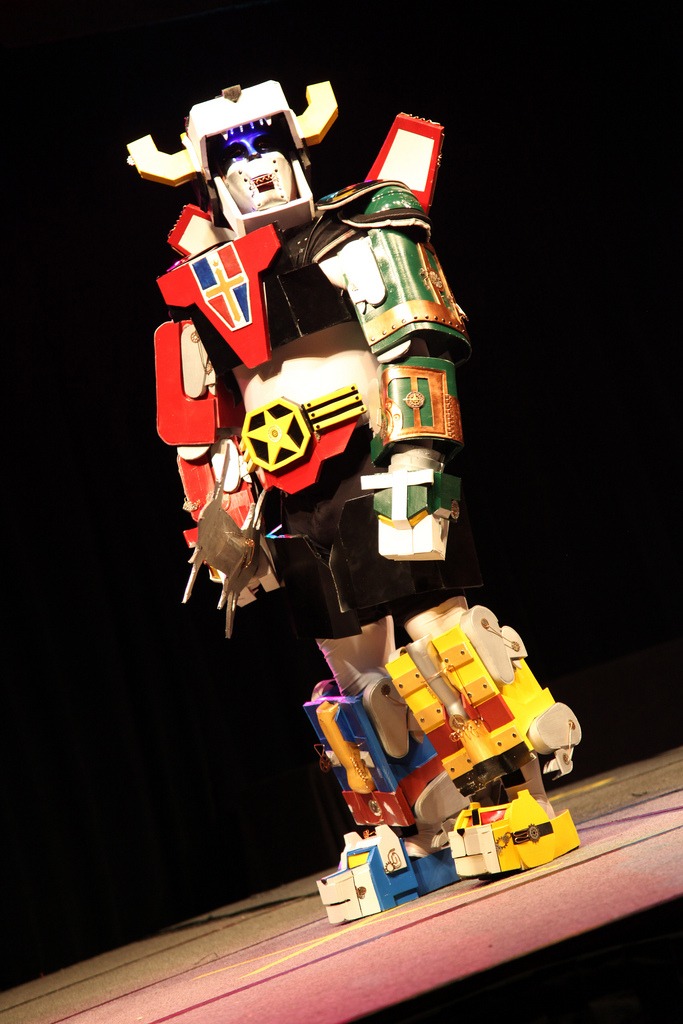
We’re more Voltron than Godzilla, and that’s PRETTY COOL.


